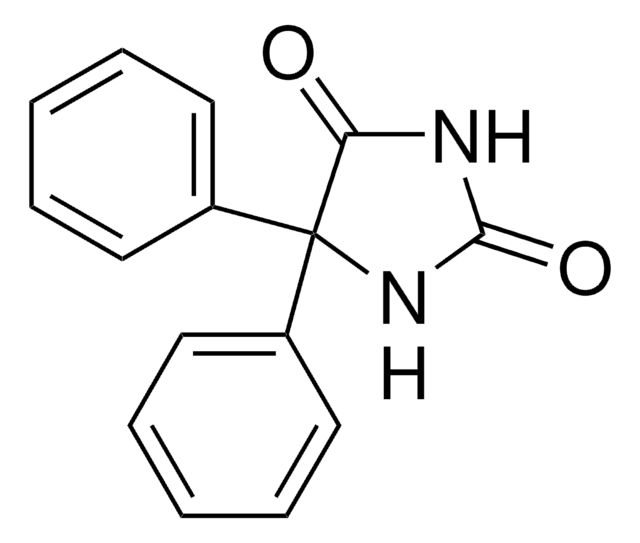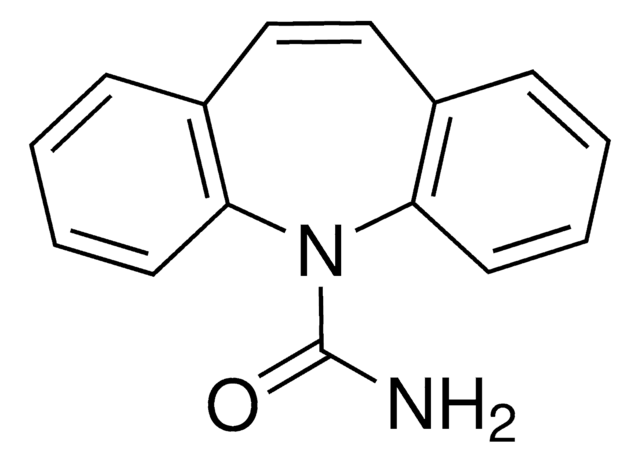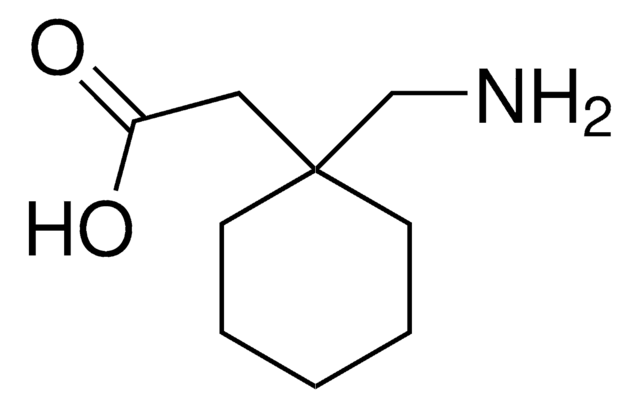おすすめの製品
グレード
pharmaceutical primary standard
APIファミリー
phenytoin
メーカー/製品名
EDQM
テクニック
HPLC: suitable
gas chromatography (GC): suitable
mp
293-295 °C (lit.)
アプリケーション
pharmaceutical (small molecule)
フォーマット
neat
SMILES記法
O=C1NC(=O)C(N1)(c2ccccc2)c3ccccc3
InChI
1S/C15H12N2O2/c18-13-15(17-14(19)16-13,11-7-3-1-4-8-11)12-9-5-2-6-10-12/h1-10H,(H2,16,17,18,19)
InChI Key
CXOFVDLJLONNDW-UHFFFAOYSA-N
遺伝子情報
human ... SCN10A(6336) , SCN11A(11280) , SCN1A(6323) , SCN2A(6326) , SCN3A(6328) , SCN4A(6329) , SCN5A(6331) , SCN7A(6332) , SCN8A(6334) , SCN9A(6335)
類似した製品をお探しですか? 訪問 製品比較ガイド
詳細
アプリケーション
生物化学的/生理学的作用
包装
その他情報
関連製品
シグナルワード
Danger
危険有害性情報
危険有害性の分類
Acute Tox. 4 Oral - Carc. 2 - Repr. 1B
保管分類コード
6.1C - Combustible acute toxic Cat.3 / toxic compounds or compounds which causing chronic effects
WGK
WGK 3
適用法令
試験研究用途を考慮した関連法令を主に挙げております。化学物質以外については、一部の情報のみ提供しています。 製品を安全かつ合法的に使用することは、使用者の義務です。最新情報により修正される場合があります。WEBの反映には時間を要することがあるため、適宜SDSをご参照ください。
PRTR
第一種指定化学物質
労働安全衛生法名称等を表示すべき危険物及び有害物
名称等を表示すべき危険物及び有害物
労働安全衛生法名称等を通知すべき危険物及び有害物
名称等を通知すべき危険物及び有害物
Jan Code
P1290000:
P1290000-100MG:
P1290000-1EA:
最新バージョンのいずれかを選択してください:
この製品を見ている人はこちらもチェック
ライフサイエンス、有機合成、材料科学、クロマトグラフィー、分析など、あらゆる分野の研究に経験のあるメンバーがおります。.
製品に関するお問い合わせはこちら(テクニカルサービス)










